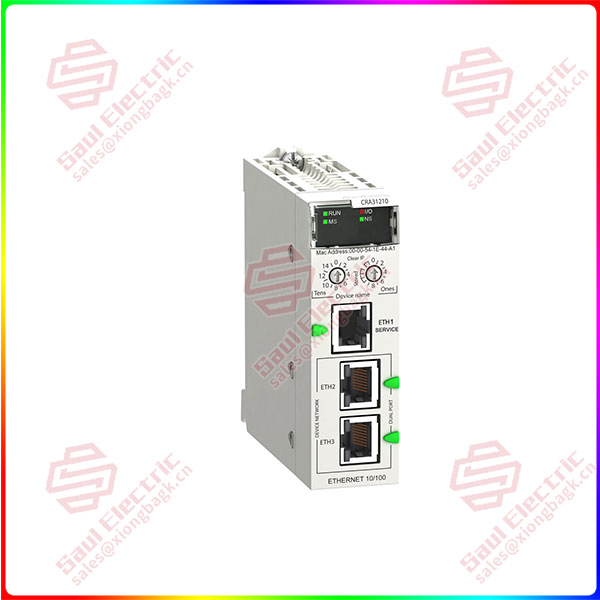Today, technology giants take the initiative to shoulder the heavy responsibility of robot research and development, and you are chasing me to the next technological feast. On October 20, local time, Nvidia and Meta each released a heavy robot training tool.
Eureka, an AI agent developed by Nvidia, can teach robots complex motion-control skills, such as spinning pens, opening drawers and cabinets, throwing and catching balls, and operating scissors. Nvidia says the breakthrough will redefine machine learning.
Meta has launched Habitat 3.0 simulators that teach robots how to interact with the physical world, which it calls “a milestone in the development of socially intelligent robots.”
What kind of tool is it? What is the significance of the new results?
Nvidia Eureka – Large models involved in training robots
The full name of Eureka is Evolution-driven Universal Reward Kit for Agent, which is essentially an algorithm generation tool driven by large models. With GPT-4’s ability to write code, Eureka has excellent reward function design capabilities and can autonomously write reward algorithms to train robots.
The key to Eureka is to implement human-level reward algorithm design through context. In simple terms, GPT-4’s zero-sample generation, code writing, and context improvement capabilities are used to optimize reward execution strategies and thus perform complex skills through reinforcement learning.
According to Nvidia, Eureka’s reward design delivers human-level performance in 29 different open source reinforcement learning (RL) environments, including 10 different robot forms (quadruped, quadcopter, biped, manipulator, and several dexterous hands). Without any task-specific prompts or reward templates, Eureka generated rewards programs that outperformed expert-written rewards programs on more than 80 percent of the tasks. This improved the average performance of the robot by more than 50%.

BMXCRA31210
Through Eureka, the robot learned to spin a pen, toss a ball, and open a cabinet (note: The scenes of these mechanical fingers flying up and down are limited to virtual environments for the time being).
Humanoid robots learn running gaits through Eureka
Nvidia conducted the study in collaboration with researchers at the University of Pennsylvania, the California Institute of Technology, and the University of Texas at Austin. The project is currently entirely open source.
In the field of robotics, there is a “Moravec paradox” – the higher-order intelligence that is unique to humans requires very little computing power, but unconscious skills and intuition (such as the ability to recognize faces, lift a pencil, walk around a room, answer questions, etc.) require a great deal of computing power, that is, the easier things are harder, and the harder things are simpler.
This is why humans have long since created AlphaGo, which beat the world’s top players, but still can’t let robots have the same perception and action power as two or three year old children.
Nvidia’s latest results demonstrate the role of large models in the fine-grained control of robots, and with Nvidia’s drive, smarter machine learning approaches are expected to be rapidly introduced into industrial and consumer applications.
Meta Habitat – Human-computer interaction directly refers to embodied intelligence
Meta’s Habitat is also designed to train robots. Habitat 3.0 is the first simulator to support large-scale training on human-computer interaction tasks in diverse, realistic indoor environments.
Specifically, Habitat 3.0 can use infrared capture systems to carefully construct a virtual environment, such as office Spaces, homes and warehouses, where the shape and size of objects exactly replicate the real world, and the tool can also simulate the appearance and posture of humans. It supports all types of actions, from simple (such as walking and waving) to complex (such as interacting with objects), and simulates a variety of real-world social scenarios.
The robot and the avatar are in the same space, and the avatar in the virtual environment can be controlled either by algorithms or by real people through keyboards, mice and VR headsets. People online are already looking forward to experiencing Habitat 3.0 in Meta Quest VR.
Meta’s purpose is clear – to enable AI agents to interact with humans in the real world through Habitat 3.0.
It’s worth noting that interacting with the real world is the foundation of embodied intelligence, and as Meta’s AI Research Department (FAIR) says, the release of new products such as Habitat 3.0 represents their progress in embodied intelligence.
FAIR says Habitat 3.0 will reduce the learning time of robotic AI agents from months or even years to days. It also enables new models to be tested more quickly in a safe simulation environment without any risk.
In conjunction with the launch of Habitat 3.0, Meta also announced the release of the Habitat Synthetic Scenes Dataset, a three-dimensional dataset authored by artists that can be used to train AI navigation agents; It also announced Home Robot, a robot assistant hardware and software platform that can be used in both simulated and real environments.
Nvidia deeply cultivates motion control and Meta focuses on interactive capabilities, which are the prerequisites for robots to enter thousands of homes.
Huawei’s “genius boy” Zhi Huijun went to robot entrepreneurship after leaving Huawei, he once quoted a network joke on the debut of his robot products: What we want AI to do is cook, clean the room, wash clothes, throw garbage, but what they are actually doing is chatting, painting, writing, composing, playing games…
At present, industrial robots have become more and more popular, how to make robots become assistants in ordinary families and partners in daily life has become a new science and technology hotspot.
A household robot that takes care of housework and bits and pieces, how far is it from us?
 1 Year Warranty
1 Year Warranty





